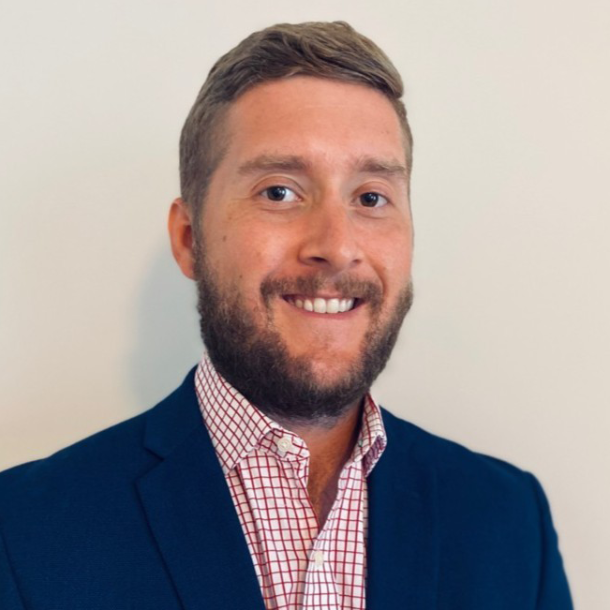OSHA releases new rule on COVID-19 vaccination and testing
Author

Blaire Bryant
Upcoming Events
Related News

Key Takeaways
On November 4, the U.S. Department of Labor’s (DOL) Occupational Safety and Health Administration (OSHA) issued an emergency temporary standard (ETS) to require large employers to develop, implement and enforce a COVID-19 vaccination policy or institute a policy to allow employees to choose between vaccination and weekly testing. The ETS applies to employers with 100 employees or more that are subject to the Occupational Safety and Health (OSH) Act of 1970. This includes county governments located in the 26 states with OSHA-approved state plans, which are OSHA-approved workplace safety and health programs operated by individual states or U.S. territories. The ETS will take effect on November 5, 2021, and covered employees must have their vaccination policies in place within 30 days. The deadline for employees to be fully vaccinated or begin regular testing is January 4, 2022.
Notable items included in the ETS are as follows:
100-Employee Threshold
As stated above, the ETS applies to employers with 100 or more employees “firm or company-wide" that are subject to the OSH Act of 1970, including county governments within the 26 states with OSHA-approved plans. In determining whether an employer meets the 100-employee threshold, the ETS instructs employers to factor in all employees, regardless of where they work, if they telework, whether they are full-time or part-time or their current vaccination status. Notably, independent contractors do not count towards an employer’s total number of employees, under the ETS.
Paid Leave and Testing Costs
Under the ETS, employers are required to provide reasonable time off to employees who receive their vaccination doses. Specifically, an employer must provide up to four hours of paid time, at the employee’s regular rate of pay, for the purposes of receiving each vaccination dose. Employers cannot use other leave accrued by the employee, such as sick leave or vacation, as an offset. If an employee experiences side effects from the vaccine, the employer may require the employee to use their accrued sick leave when recovering.
Although the ETS requires employers to ensure that each employee who is not fully vaccinated test at least weekly, it does not specifically require them to pay for any costs that are associated with employee testing. However, it is important to note that employers may be required to pay for testing by other laws, regulations or collective bargaining agreements. Further, the ETS does not prohibit employers from voluntarily assuming a portion or the entirety of the associated costs of testing. Currently, neither OSHA nor the federal government will be providing specific, supplemental resources to cover costs of compliance, having determined that the ETS requirements are “both economically and technologically feasible” for covered employers.
Compliance Deadlines
The ETS will take effect on Friday, November 5, when it is officially published in the Federal Register. After that date, states with OSHA-approved state plans have 15 days to notify OSHA of how they plan to comply with the ETS and 30 days to update their plans. Notably, the ETS preempts state and local mandates that are less protective than the federal standard.
Covered employers must also begin to implement their vaccination policy and offer paid leave to employees to receive and/or recover from the COVID-19 vaccine within 30 days of November 5. All employees must be fully vaccinated or begin weekly COVID-19 testing by January 4, 2022.
Penalties
OSHA may fine a covered employer that does not comply with the ETS up to $13,653 for each violation of the standard. Employers that willfully or repeatedly violate the standard can be fined up to $136,532. However, the Build Back Better Act, if enacted, would raise the maximum fine to $700,000.
Comment Period
OSHA has already initiated a 30-day public comment period. Aside from seeking general comments on all aspects of the rule and how it would be adopted as a final standard, OSHA is seeking public input on nine specific topics. These include employers with fewer than 100 employees; significant risk; prior COVID-19 infections; experience with COVID-19 vaccination policies; COVID-19 testing and removal; face coverings; other controls; educational materials; and feasibility and health impacts. Within the comments, OSHA is encouraging the commentors to explain why they prefer or disfavor particular provisions, and to also include specific background materials supporting their stance.
Length of Enforcement
Under the Occupational Safety and Health Act, an emergency temporary standard can only remain in effect for six months. Then, it must be replaced with a permanent standard.
For more information on federal COVID-19 vaccine mandates and safety protocols for employers, please see NACo’s Employer COVID-19 Vaccine Mandate FAQ.
Additional Resources
County News
Counties provide free transportation to vaccine sites

Related News

CMS issues new guidance on Medicaid Community Engagement Requirements
On December 8, the Centers for Medicare & Medicaid Services (CMS) released a Medicaid and CHIP Services Informational Bulletin (CIB) directing states on how to implement the Medicaid community engagement requirements enacted under Section 71119 of the One Big Beautiful Bill Act legislation (Public Law 119-21), or H.R. 1.

California county sales tax measure backfills federal healthcare cuts
Santa Clara County, Calif. will raise an estimated $330 million each year from a sales tax to backfill lose Medicaid funding.


